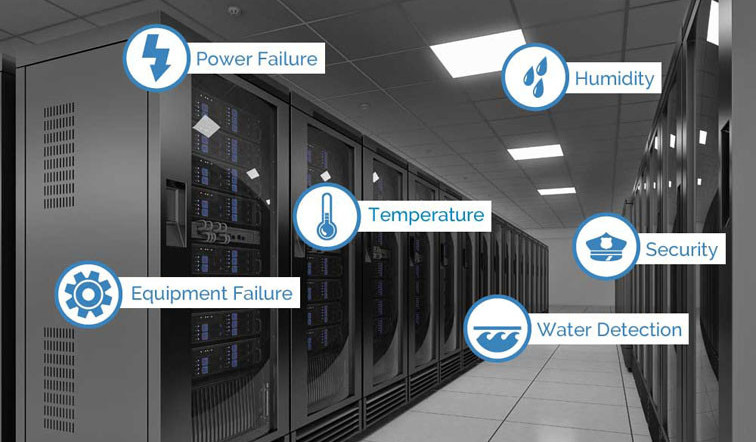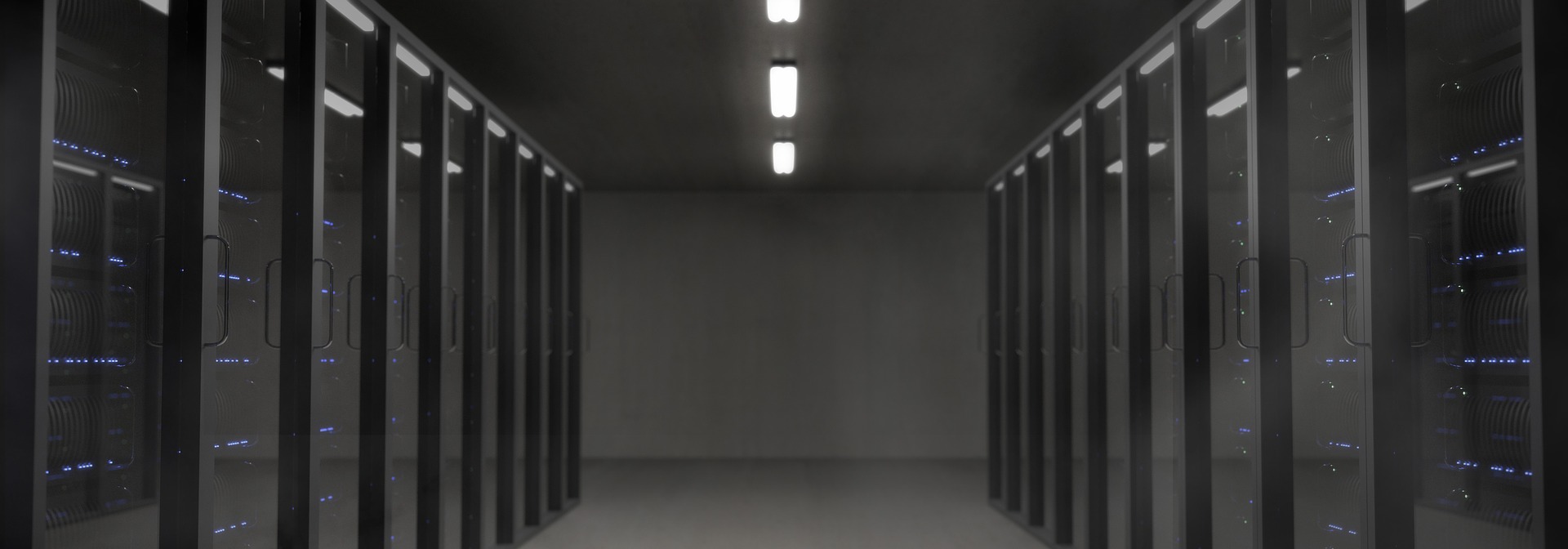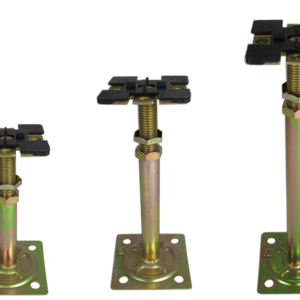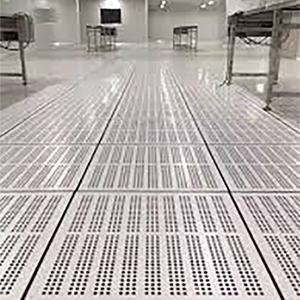Description
An Environmental Monitoring System for data centers is a comprehensive solution designed to monitor and manage the environmental conditions within a data center facility. It encompasses a network of sensors, monitoring devices, and software applications that continuously collect data and provide real-time insights into crucial environmental parameters.
The primary purpose of an Environmental Monitoring System is to ensure optimal operating conditions and mitigate potential risks that could affect the performance, reliability, and longevity of critical IT infrastructure and equipment housed within the data center. Some of the key environmental factors monitored by such systems include temperature, humidity, airflow, water leakage, smoke, and power consumption.
Here are the key components and features of an Environmental Monitoring System:
- Sensors and Monitoring Devices: These devices are strategically placed throughout the data center to capture real-time data on environmental parameters. Temperature sensors monitor ambient temperature, while humidity sensors measure relative humidity levels. Airflow sensors track air circulation and ventilation, and water leakage sensors detect any signs of water intrusion. Smoke detectors ensure the early detection of fire or smoke, and power sensors monitor energy consumption.
- Central Monitoring Software: The system is equipped with a central monitoring software that collects, analyses, and presents the data gathered by the sensors. The software provides a comprehensive overview of the environmental conditions and sends real-time alerts or notifications in case of any abnormal readings or deviations from the predefined thresholds.
- Alerting and Notification System: The Environmental Monitoring System includes an alerting and notification mechanism that promptly informs data center operators or administrators about any critical events or abnormal conditions. Alerts can be sent via email, SMS, or integrated with existing monitoring platforms for seamless management.
- Historical Data Analysis and Reporting: The system stores historical data collected over time, allowing for trend analysis, performance monitoring, and capacity planning. Detailed reports can be generated to assess environmental conditions, identify patterns, and support decision-making processes.
The benefits of an Environmental Monitoring System for data centers include:
- Early Warning and Rapid Response: By continuously monitoring environmental conditions, the system provides early warnings about potential risks or anomalies. This enables data center operators to take immediate action to prevent or minimize the impact of environmental issues on IT equipment and operations.
- Improved Uptime and Reliability: Maintaining optimal environmental conditions ensures the reliable and efficient performance of critical infrastructure. By proactively monitoring temperature, humidity, and other factors, the system helps prevent equipment failures, downtime, and costly disruptions.
- Energy Efficiency and Cost Savings: The system enables data center operators to identify energy inefficiencies and optimize cooling and airflow management. This helps reduce energy consumption, lower operating costs, and align with sustainability goals.
- Compliance and Regulatory Requirements: An Environmental Monitoring System assists data center operators in meeting industry standards, regulations, and compliance requirements related to environmental conditions, such as ASHRAE guidelines or ISO 27001.
- Remote Monitoring and Management: Many systems provide remote monitoring capabilities, allowing administrators to access real-time data and receive alerts from anywhere, ensuring continuous oversight and rapid response even when off-site.
In summary, an Environmental Monitoring System for data centers is a comprehensive solution that ensures optimal environmental conditions and minimizes risks to critical IT infrastructure. By monitoring temperature, humidity, airflow, water leakage, smoke, and power consumption, the system helps maintain uptime, improve energy efficiency, meet regulatory requirements, and provide peace of mind to data center operators.









Reviews
There are no reviews yet.